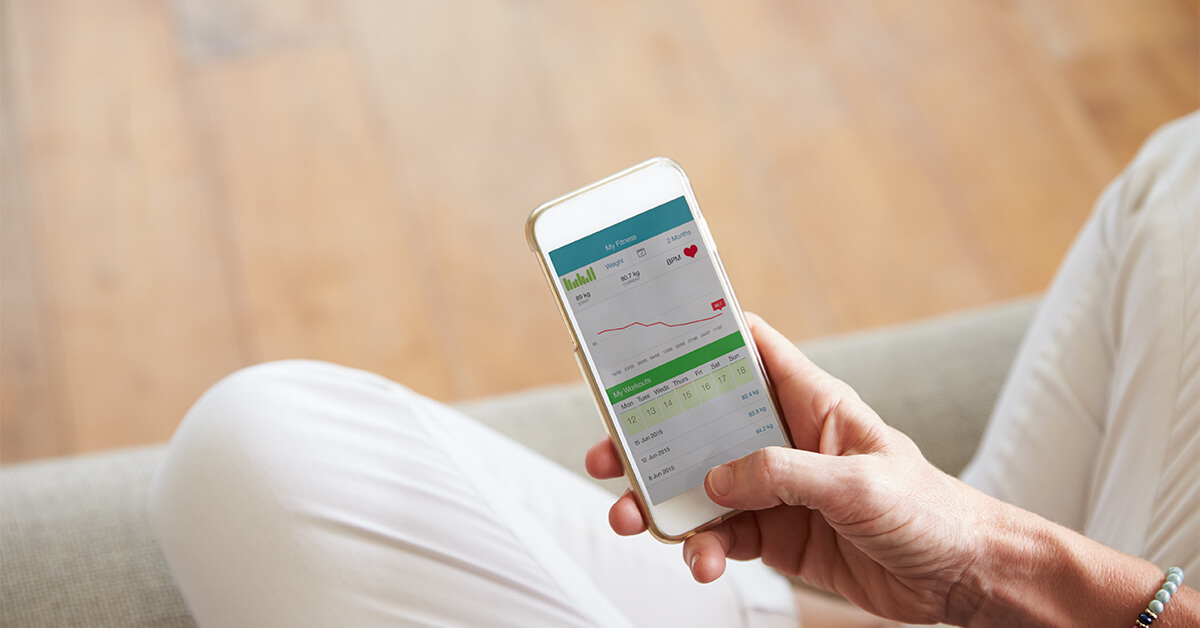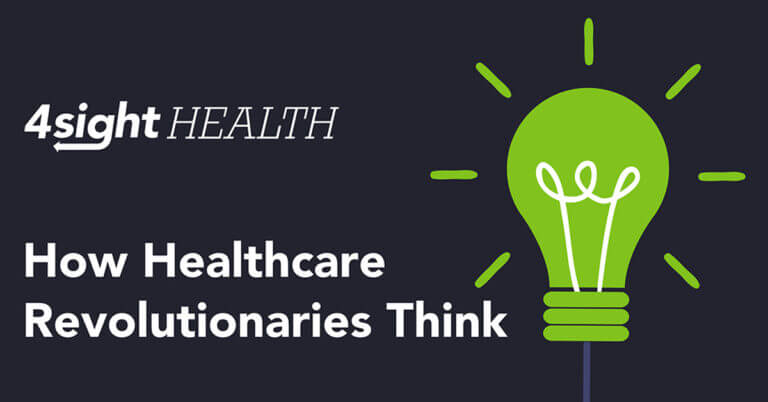October 10, 2023

The Perils and Possibilities of Healthcare Apps
In March of 2022, I coauthored a commentary titled “Healthcare’s Final Frontier: Engaging Customers.” It contained this tongue-in-cheek Star Trek reference: “Healthcare is now boldly going where most industries have gone before — into full-fledged consumer engagement.”
Wanting full-fledged consumer engagement and making it happen are not synonymous. In the best of healthcare times, providers and payers struggle to create cohesive, longitudinal customer experiences that delight consumers with exceptional service. In the worst of healthcare times, the customer’s experience is a labyrinth filled with inadequate guidance, excessive wait times, duplicative administrative procedures and opaque pricing.
As they continue to advance, digital technologies offer the promise of making the complex simple and easing consumers’ healthcare journeys. Great technologies, however, cannot by themselves overcome fragmented service delivery and the operational dysfunction that accompanies it. Putting consumers first must be more than a slogan for health systems to sustain market relevance. It must become an operational reality.
Beyond Generalities
Two encounters I had with healthcare apps in Chicago in February clearly illustrate the perils and possibilities they present to us. The first was a frustrating attempt to reschedule a routine dermatology check-up within an academic health system. The second was a remarkable response to a COVID-19 diagnosis by an upstart healthcare company.
An ‘Epic’ Fail
My skin requires semi-annual dermatology screening to identify and treat pre-cancerous growths. For over a decade, Northwestern Medicine has provided that service every winter and summer. After each exam, I make my next appointment. This appointment system worked well until it didn’t.
Like most large health systems, Northwestern uses Epic’s MyChart as its digital portal. MyChart incorporates patient information from Epic’s electronic health record (EHR) to schedule appointments, convey lab test results, advance patient education and facilitate clinical communications.
Unfortunately, consumers have not flocked to use MyChart. Uptake remains below 40%. MyChart apps are not personalized. They require users to link to alternative sites to retrieve information or access services. In essence, MyChart is a “bolt-on” consumer interface to Epic EHRs, which document clinical activity for subsequent billing.
Last winter, I needed to reschedule my semi-annual dermatology screening. Three weeks before the appointment, I accessed MyChart to schedule the new appointment. The first available date wasn’t until June, four months beyond my original appointment date. Waiting that long defeated the purpose of my semi-annual screening regimen. This was not acceptable.
I called Northwestern’s customer service center to see if they could do better. After lots of back and forth, their representative offered me the same appointment times available on MyChart. That exercise was a waste of time.
I went back to MyChart to send a message directly to my dermatologist’s office requesting the rescheduling. I scrolled to messages where the MyChart protocols required a reason for my inquiry. From the drop-down menu, I selected “scheduling.” MyChart then sent me back to its scheduling page. This was frustrating beyond belief. I was playing a game of circular roulette.
Now what? I manipulated the message function to guarantee my rescheduling request reached the staff in my dermatologist’s office. That effort took some time and creativity but ultimately worked. Unfortunately, my dermatologist’s nurse could only offer me a new appointment that was just a few weeks earlier than those offered on MyChart — so much for a timely checkup.
I’d had enough. I found another dermatologist who could see me right away. My gain was Northwestern’s loss. Three months later, I received a MyChart message from Northwestern alerting me to a rescheduled dermatology appointment that I hadn’t booked. What a way to run a railroad — or a hospital!
A ‘One Medical’ Miracle
Right after that maddening app experience, I contracted COVID-19 and had to quarantine. This prevented me from traveling to Washington, D.C., for business. During this trip, I planned to meet with my friend and policy guru Dr. Zeke Emanuel, who is a professor at The Wharton School in Philadelphia.
I wrote to Zeke and gave him the unfortunate news. His response was direct and concise, “Sorry. Get Paxlovid now regardless of symptoms.”
That seemed like good advice, so I decided to use my One Medical app to seek a consultation with my primary care physician.
I’ve been a very satisfied One Medical customer since 2018. Ninety percent of my One Medical interactions are virtual through their personalized and easy-to-use app.
This time, unfortunately, my physician was on vacation. But with a couple more clicks, I scheduled a video consult regarding Paxlovid with another One Medical physician.
The video chat started within 10 minutes of my request. During our 25-minute session, I learned everything I needed to know about Paxlovid. Based on my age and medical history, the physician and I decided that my taking Paxlovid proactively was prudent. He then checked to see whether my local CVS pharmacy had the drug and placed the order. I received an almost immediate text from CVS indicating my Paxlovid prescription was ready for pick-up.
Wow! This is healthcare as it should be: efficient, convenient, solutions-focused. A feather could have knocked me over.
Consumerism Now
As my app stories illustrate, consumerism is propelling a paradigm shift in healthcare service provision. Consumer engagement is the essential ingredient reshaping a complex healthcare ecosystem. Solving real consumer problems is the strategy required for market success.
While health systems like Northwestern wait for Epic to deliver them to the digital promised land, they are losing the battle for consumers’ hearts and minds at the very time that consumers’ healthcare service choices are expanding. Engaging consumers requires “one app that covers the map” — a single-site, omnichannel platform that delights customers with comprehensive offerings, great service and ease of use.
New market entrants, like One Medical, have figured this out. Some health systems, including Baylor Scott and White in Dallas and Scripps Health in San Diego, have custom-built apps that deliver equivalent high-level consumer engagement. They are a distinct minority.
Promise and peril are the two sides of expanding healthcare consumerism. Engaging consumers is not rocket science, but it is rare in healthcare. Healthcare organizations that rise to the challenge can prosper. Those that don’t may perish.





